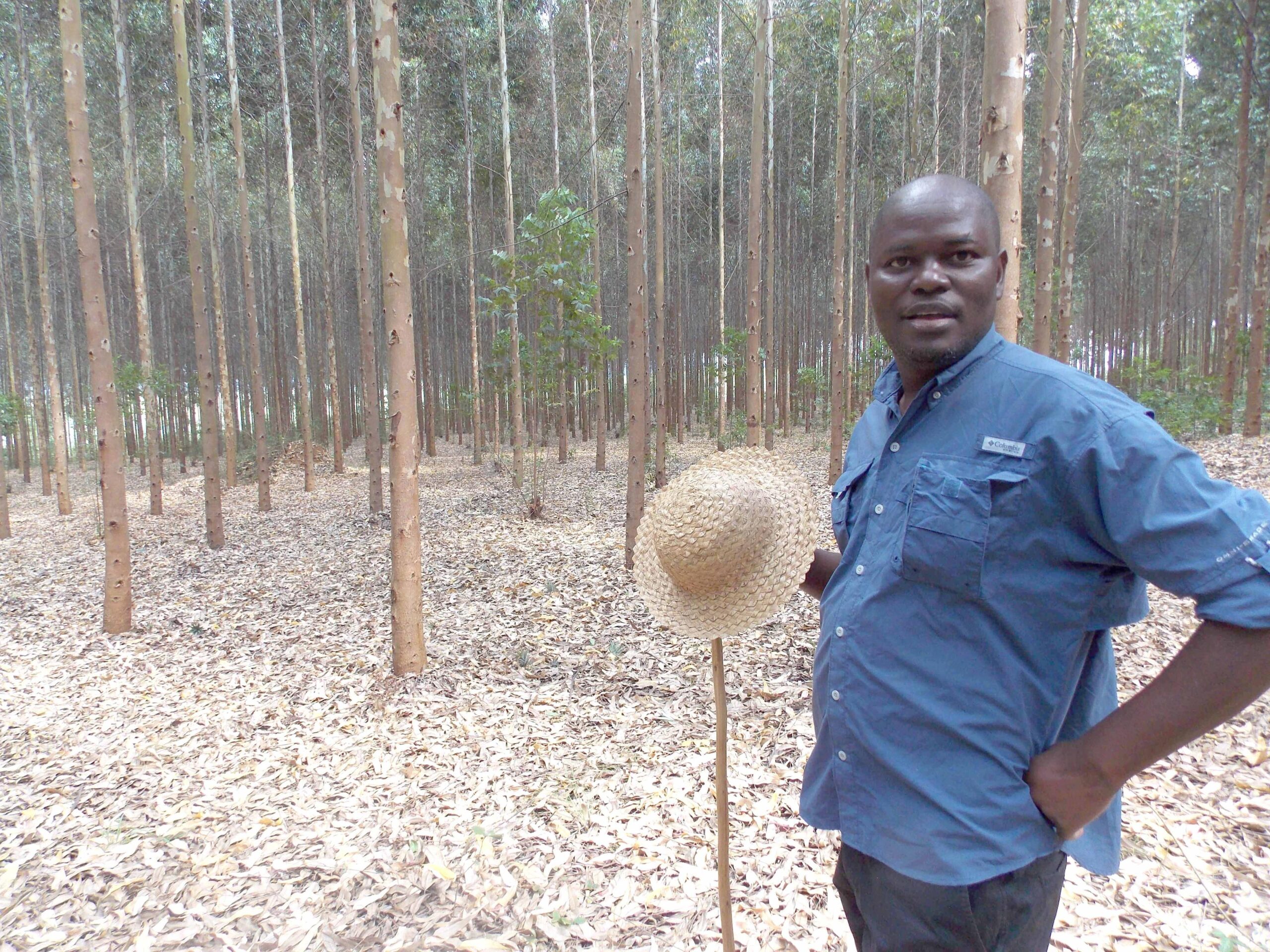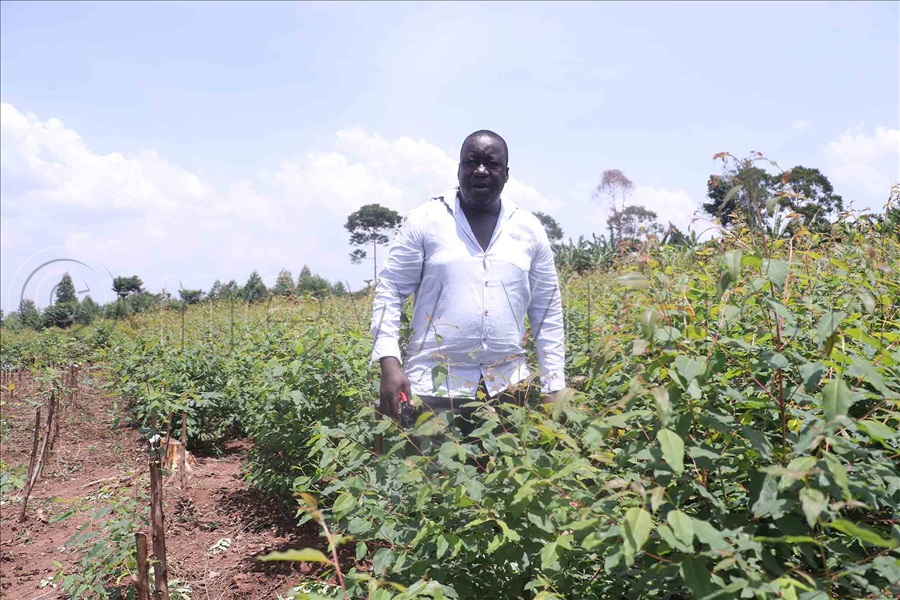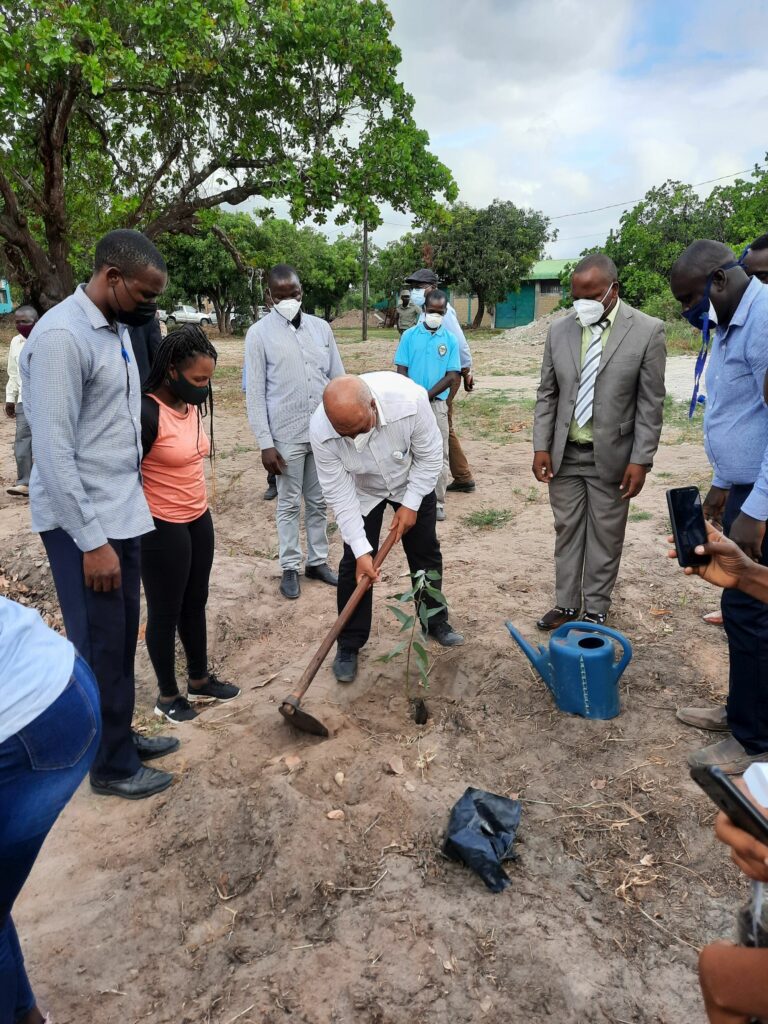Eucalyptus Tree Planting Guide in Uganda
Introduction to Eucalyptus Tree Planting in Uganda
Eucalyptus tree planting has become a popular practice in Uganda due to its adaptability, fast growth, and versatile uses. Whether you’re a small-scale farmer or a commercial investor, eucalyptus offers numerous advantages, including timber, firewood, and even medicinal purposes. But why is eucalyptus so suitable for Uganda’s climate, and how can you ensure success in your planting efforts? Let’s dig into everything you need to know about growing eucalyptus trees in Uganda.
Benefits of Planting Eucalyptus Trees
Planting eucalyptus trees offers a range of benefits for both the environment and society. Here’s why you should consider adding these trees to your farm:
Environmental Benefits
Eucalyptus trees are known for their ability to absorb carbon dioxide, making them excellent for combating climate change. Their fast growth also helps prevent soil erosion, especially on hilly terrains, which are common in Uganda. Additionally, eucalyptus can be grown in areas with poor soil, helping to rehabilitate degraded land.
Economic Advantages
One of the major reasons why eucalyptus is favored by farmers in Uganda is its economic value. Eucalyptus wood is in high demand for construction, paper production, and firewood. Additionally, the rapid growth rate allows farmers to start harvesting as early as 5-7 years, providing a quicker return on investment compared to other tree species.
Social Benefits
Eucalyptus plantations create job opportunities, especially in rural areas. From planting and maintenance to harvesting and processing, the eucalyptus industry supports livelihoods and contributes to community development.

Understanding Eucalyptus Species
Choosing the right species of eucalyptus is essential for successful planting. Some species are more suitable for Uganda’s climate and soil conditions than others.
Common Eucalyptus Species Grown in Uganda
Eucalyptus grandis: Known for its tall, straight trunk, perfect for timber production.
Eucalyptus camaldulensis: Highly resistant to drought, making it ideal for dry areas.
Eucalyptus citriodora: Valued for its aromatic leaves, often used for medicinal oils.
Characteristics of Popular Species
Each species has unique features such as growth rate, height, and water requirements. For instance, Eucalyptus grandis grows faster and taller, making it ideal for commercial timber. Eucalyptus camaldulensis, on the other hand, is slower-growing but better suited for arid regions.
How to Select the Right Species
Consider the local climate, soil type, and your purpose for planting (timber, firewood, etc.). Consulting local experts or nurseries can help you choose the best species for your area.
Preparing for Eucalyptus Tree Planting
Choosing the Right Location
Before planting, it’s crucial to select an optimal location for your eucalyptus trees.
Ideal Climate Conditions
Eucalyptus thrives in regions with well-distributed rainfall and temperatures ranging from 15°C to 30°C. Areas with lower altitudes in Uganda are particularly suitable due to their warm climate.
Soil Requirements
Although eucalyptus can grow in a variety of soils, well-drained soils with a pH between 5.0 and 6.5 are ideal. Avoid areas with waterlogged or saline soils, as they may hinder growth.
Seed Selection and Sourcing
The quality of seeds you use directly affects your eucalyptus plantation’s success.
Where to Buy Eucalyptus Seeds
You can source seeds from reputable nurseries or government agricultural centers across Uganda. Ensure you choose certified seeds for higher germination rates.
Seed Treatment Before Planting
Soaking seeds in water for 24 hours before planting can improve germination. Alternatively, consider purchasing pre-germinated seedlings for quicker planting.
Eucalyptus Tree Planting Techniques
There are two main methods for planting eucalyptus: direct seeding and transplanting seedlings. Both methods have their pros and cons, so choose based on your resources.
Planting Methods
Direct seeding involves planting seeds directly into the soil.
Transplanting seedlings is more reliable, especially in areas with unpredictable rainfall.
Spacing Considerations
Spacing for Commercial Planting
For timber production, spacing of about 3×3 meters is recommended. This provides enough room for the trees to grow tall without crowding.
Spacing for Small-Scale or Household Planting
Smaller plantations can use a closer spacing, around 2×2 meters, which maximizes the use of limited land.
Eucalyptus Tree Care and Maintenance
Taking care of your eucalyptus trees after planting is key to ensuring healthy growth.
Watering and Irrigation Needs
Young eucalyptus trees need consistent watering during the first few months, especially during dry spells. After establishment, they become more drought-tolerant.
Fertilization Requirements
Organic vs Chemical Fertilizers
Both organic compost and chemical fertilizers can be used to enrich the soil. Organic options are better for long-term soil health, while chemical fertilizers offer immediate nutrient boosts.
Pruning and Thinning Techniques
Regular pruning ensures that the trees grow straight and tall, which is especially important for timber production. Thinning helps reduce competition among trees, promoting better growth.
How to Protect Your Eucalyptus Trees
Use organic pesticides and implement proper sanitation practices to keep your plantation pest-free.
Harvesting Eucalyptus Trees
When to Harvest
Most eucalyptus species can be harvested between 5-7 years, depending on the intended use.
Harvesting Methods
Manual cutting or mechanical harvesting can be used, but it’s essential to follow sustainable practices to prevent deforestation.
Post-Harvest Processing
Once harvested, eucalyptus logs should be dried and processed for their specific use, whether for timber or firewood.
Market Fluctuations and Economic Risks
Like any crop, eucalyptus prices can fluctuate based on market demand. Diversifying crops may help mitigate financial risks.
Soil Depletion Issues
Eucalyptus is known to deplete soil nutrients, so proper soil management is crucial for long-term sustainability.

Sustainable Eucalyptus Farming Practices
Crop Rotation and Soil Restoration
Rotating eucalyptus with legumes or other nitrogen-fixing crops can help restore soil fertility.
Government Regulations and Sustainable Policies
Stay updated on Uganda’s forestry regulations to ensure that your plantation aligns with environmental guidelines.
Conclusion
Eucalyptus tree planting in Uganda presents numerous benefits but also requires careful planning and sustainable practices. With the right species, proper care, and market knowledge, eucalyptus plantations can be a profitable and environmentally friendly investment for Ugandan farmers.
